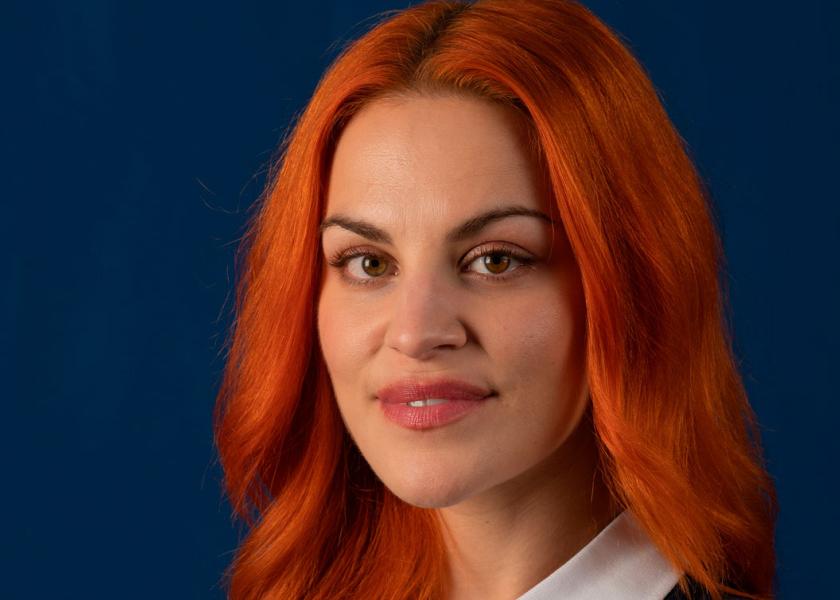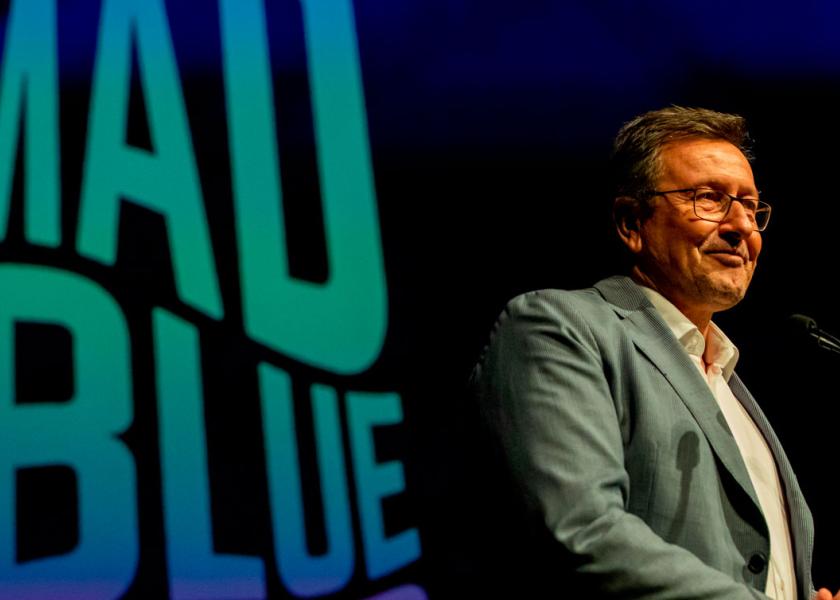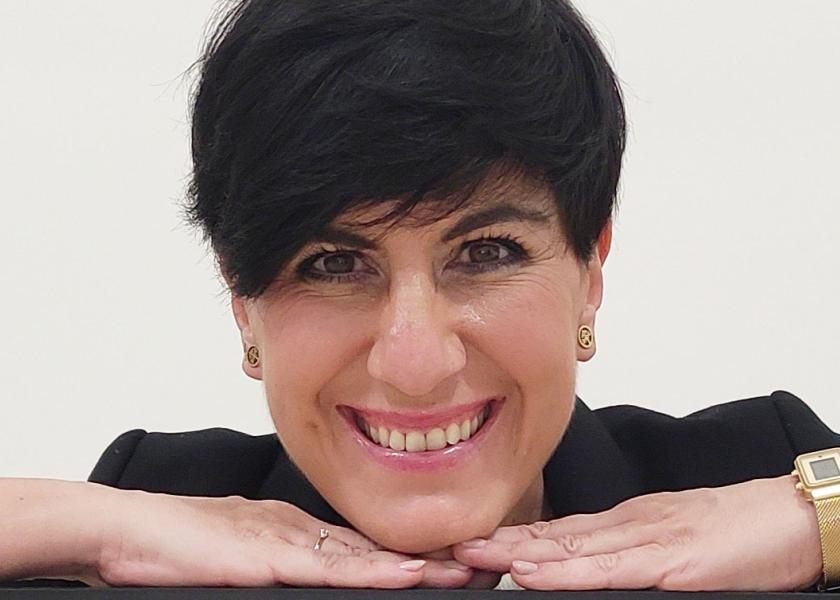Eleonora Viezzer
Female science
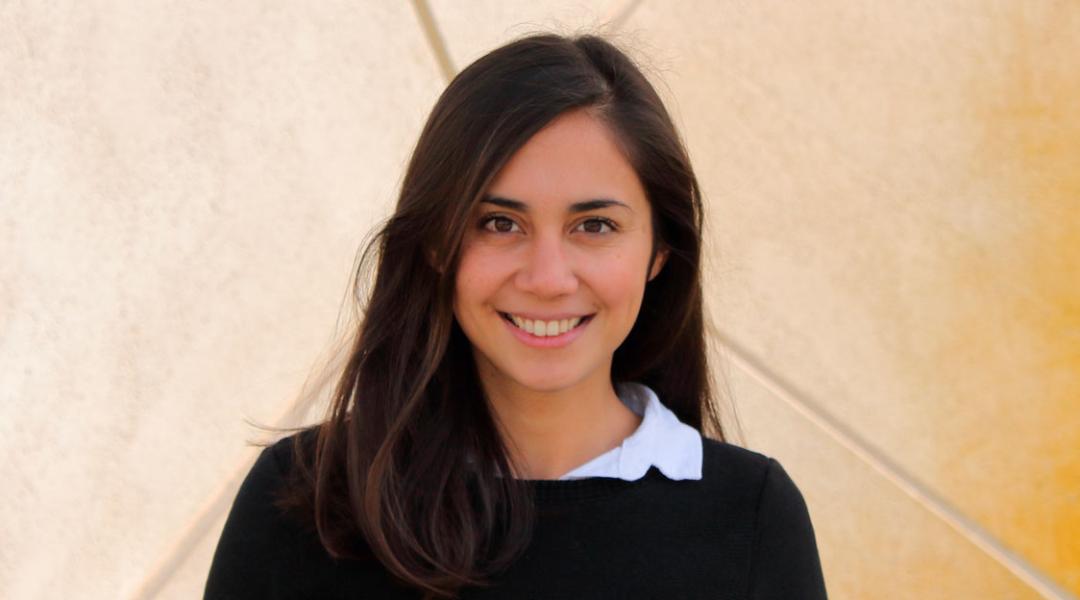
Clean, safe, and inexhaustible energy. This is the legacy physicist Eleonora Viezzer, alongside other scientists, dreams of passing on to new generations. Female collaboration will be indispensable for this wish to come true. “If we’re half of the population, why don’t we take up that same space in science?” she asks. At the University of Seville, she splits her time between working on nuclear fusion and teaching, where she invites her students to not limit themselves.
The world needs brilliant minds that light up our present and, above all, our future. Climate change is a real threat to humanity and physicist Eleonora Viezzer (Viena, 1986) works on one potential solution while co-leading the Plasma Science and Fusion Technology Group at the University of Seville. “Nuclear fusion has the potential to solve the world’s energy demand and, at the same time, end climate change and energy dependence,” Eleonora assures us. Her team are currently working on designing and building a tokamak fusion reactor, the SMART (SMall Aspect Ratio Tokamak). If they succeed, it would be a unique reactor in the world because of its flexibility to generate and study plasma —the fourth state of matter—. The daughter of an Italian father and a Filipino mother, she moved to Spain seven years ago, taking the opposite path to dozens of Spanish researchers, and she claims that Andalucía is the perfect place for research: “Our beaches are as beautiful as those in California, now all we need is our own Silicon Valley to become a leading region also for research.” In 2022 she won the Princess of Girona Foundation Scientific Research Award, and she has just received the 2023 Mujeres a Seguir Award in the Science category. But her greatest prize is her son, born this July and who she hopes to leave an inhabitable planet.
It’s unusual for young women to be passionate about physics. In your case, how did you fall in love with this science?
I discovered my passion for science in high school. I was fascinated by physics, maths, chemistry... And I was good at them. I’ve always been a curious person and asked myself lots of questions. During my final year, my physics teacher encouraged me to attend a winter course at the Faculty of Physics of the University of Innsbruck (Austria). For one week, I learnt about what their daily work was like, and it was an impactful experience. It made me choose this field.
Would you say physics has changed the way you see the world?
Yes, it has opened my eyes. It has allowed me to better understand how nature works and, even today, I still have a lot to learn. The beauty of physics is that there’s always something new to discover. It has also helped me be more critical and question everything.
You’ve said before that you’d like to leave the next generations a source of clean, safe, and inexhaustible energy. How are you planning to do that?
Through nuclear fusion, the energy source of stars. How do you achieve that? By fusing together two hydrogen isotopes, deuterium (extracted from sea water) and tritium (which is obtained from lithium from the earth’s crust), which results in an alpha particle of helium. During this process, a large amount of energy is released: 17.6 megaelectron volts [MeV]. Let me translate that for you. If we fused together the deuterium and tritium that fit in a teaspoon (2.5 grams) we could create energy equivalent to a football field full of carbon (28 tonnes). Another example: if we filled a glass of water, we’d generate enough energy to supply a family of four for 80 years.
“Nuclear fusion has the potential to solve the world’s energy demand and, at the same time, end climate change and energy dependence”
Fossil fuels will run out in the next decades. Will nuclear fusion end the global energy crisis that is coming?
Absolutely. Nuclear fusion has the potential to solve the world’s energy demand and, at the same time, end climate change and energy dependence. We’re currently experiencing a tense geopolitical situation which affects energy supply. Nuclear fusion can guarantee a secure future for upcoming generations.
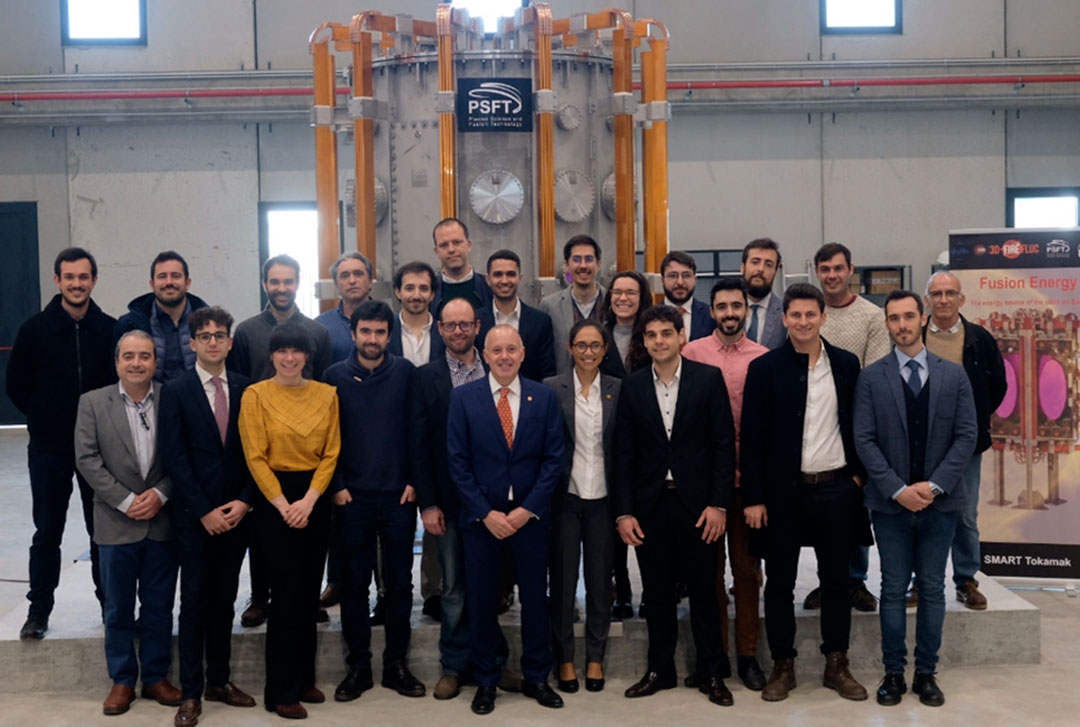
Eleonora Viezzer and her coworkers in front of the SMART (SMall Aspect Ratio Tokamak) reactor. © Courtesy of Eleonora Viezzer
You decided to split your time between teaching and research. Which is the main lesson you like to convey to your students?
The main message is to find something they love and to fight for working in that field. In the end, the most beautiful thing in the world is for your hobby to become your work. To get up every morning and want to conquer the world. I also tell them to not let anyone tell them they can’t make it. Obviously, there are barriers, but we’re here to overcome them.
You always studied surrounded by men. In your experience, how can we encourage young women to study science?
I think it’s really important to encourage girls to work in STEM [Science, Technology, Engineering and Mathematics] because they’re the next generation and they need to take over. Women are good at science, just like men. We need to convey this message to young women because that’s where the gap starts to widen. Teachers, parents, and society at large play a key role in encouraging girls’ interest in those subjects. It’s also important to destroy the myths about researchers being geeks. Scientific developments are achieved by normal people with normal lives.
What would you like women’s roles in science to be like in the next decades?
Women must play a fundamental role. Women are more than 50% of humanity. If we’re half of the population, why don’t we take up that same space in science? We need everyone’s talents, which is why it’s important for there to be more women in our field.
“Talent is equal to curiosity and creativity, but also perseverance and hard work. It’s also important to not be afraid of failure”
Do you believe that the source of this lack of vocation lies in the fact that society is disconnected from science?
It’s important to bring science closer to society and, also, to bring society closer to science. Science plays a key role in our society, and we saw this, and experienced this, during the pandemic. Without the development of vaccines, where would we be now? As a researcher, I believe that it’s essential to show our work, show our labs, and prove that we’re normal people. People think physics is really hard, but that’s not true; it simply involves working hard, but not more than if you worked in any other field. Perseverance is key.
There’s a lot of talk about the Spanish brain drain abroad, but you made the opposite journey. After living here for several years, how much scientific talent would you say there is in Spain?
So much. And I feel lucky to be surrounded by so much talent. But there needs to be more investment, especially in young researchers; not only to keep the ones who study here, but also to attract foreign talent. If we don’t invest more, Spanish talent will go to the United States, Germany, or England. Leaving your country is good because it allows you to have new experiences and move out of your comfort zone, but there always need to be incentives to come back. Most of the researchers on the team at the University of Seville are Spanish, but there are also people from the United States, South Africa, China, England... Talent is in all four corners of the world and Spain has reasons to attract it.
And what is talent to you?
That’s a tough question, but for me, talent is equal to curiosity and creativity, but also perseverance and hard work. It’s also important to not be afraid of failure because we all make mistakes, you simply have to try again and carry on.
